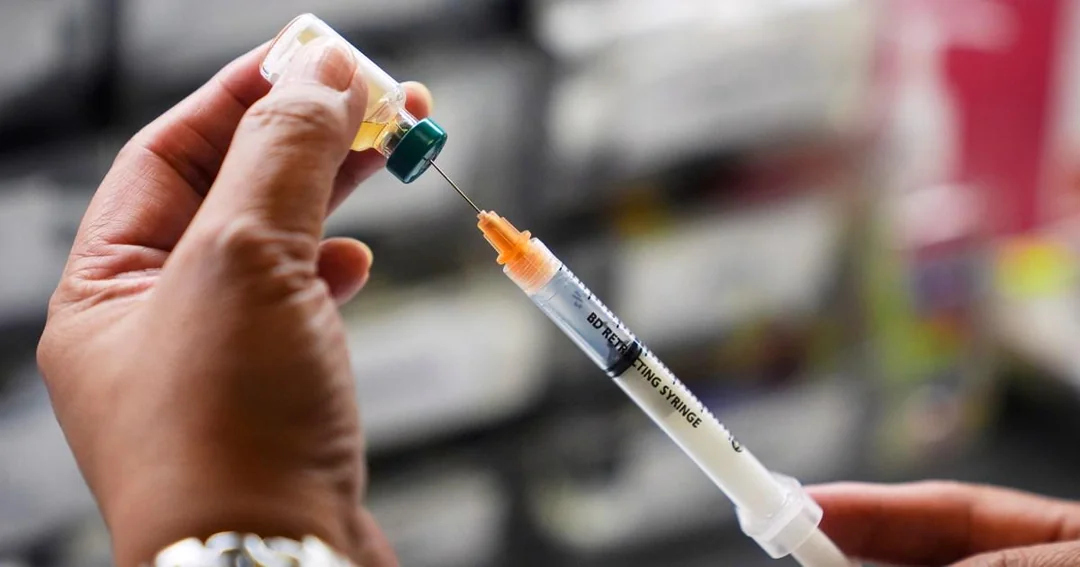WASHINGTON (Sputnik) – A bird flu virus is spreading at a concerning rate across hundreds of dairy farms in the United States, and although the impact on the national industry is minimal at present, the risks it poses for individual farmers can be tragic, industry experts told Sputnik.
As of June 20, the US Centers for Disease Control and Prevention (CDC) is reporting that 115 dairy herds across 12 US states have been infected with Highly Pathogenic Avian Influenza (HPAI), also known as bird flu. This specific strand of bird flu, H5N1, was first detected in the United States in February 2022.
Bird flu infections have been reported in cattle in Texas, New Mexico, Idaho, South Dakota, Colorado, Michigan, Ohio, Wyoming, Kansas, Minnesota, Iowa, and North Carolina.
Three human cases of bird flu virus infection have been reported in the United States, but the CDC claims the risk of severe infection in humans is low.
South Dakota State University Veterinary Professor Russ Daly said the steady spread of bird flu among dairy herds concerns him.
“Yes, to me the constant trickle of new herds being discovered makes me concerned for dairy farmers,” Daly told Sputnik. “It seems many of them are just waiting for the next shoe to drop. This is a virus that is good at changing over time… what we see now might not be the same as what we see a few months from now.”
Daly said it’s difficult to determine the number of cattle that have died directly from bird flu, but based on his conversations with dairy owners and a veterinarian, it seems to be very low.
Daly also doesn’t expect it will have much of an impact on the dairy industry.
“The numbers of affected farms are still low enough – and the numbers of affected cows within those herds – still low enough to not make much of a dent in the national milk supply,” Daly said.
However, bird flu has been more severe among poultry, he said.
As of May 2024, the CDC has reported outbreaks in poultry flocks in 48 US states. The virus causes serious illness and death in infected chickens.
The poultry industry has for some time learned to evolve and put measures in place to mitigate biohazards, but the dairy industry is barely confronting its own farms’ biosecurity or lack thereof, Daly said.
“This is not an industry that’s really had to worry about diseases being brought in,” Daly said.
Meghan Harshbarger, head of communications at the Ohio Department of Agriculture, warned that nationwide economic impacts could be significant for the affected producers.
“There can be immediate financial loss from lost milk production, increased costs for replacement animals, and losses from reduced herd inventory,” Harshbarger told Sputnik.
For now, the bird flu has only had a minimal impact on dairy farms in Ohio, Harshbarger said, and there is no evidence of spread or additional detections in the state.
Harshbarger noted that cattle mortality rates are low from infection, only a limited number of dairy cows have died due to secondary infections or metabolic issues after poor response to medical treatment.
Colorado Department of Agriculture Communications Director Olga Robak told Sputnik that they’ve seen several cases of cows having to be removed when they were no longer able to produce milk after recovering from the bird flu virus.
Ten dairies in Colorado have confirmed bird flu cases in their herds, according to Robak.
The Texas Animal Health Commission (TAHC) communications department told Sputnik it continues to actively work with federal, state, academic, and industry partners to learn more about the evolving situation and to respond effectively.
The TAHC has only seen a “normal” level of removal of dairy cows from herds despite bird flu infections, but there have been some cases of cow deaths due to secondary bird flu infections.
“Throughout the situation, dairymen, veterinary medicine practitioners, diagnosticians, and other animal health responders have learned and evolved providing more effective supportive treatment protocols for affected cattle while mitigating the impact of secondary sequelae and improving the recovery process,” the TAHC said.




